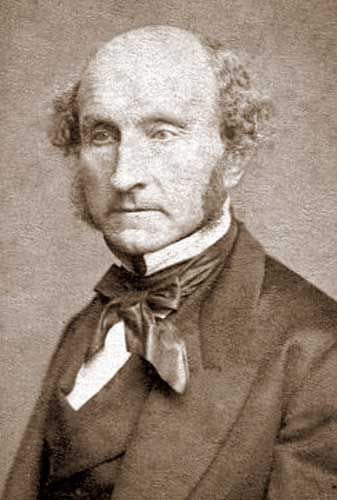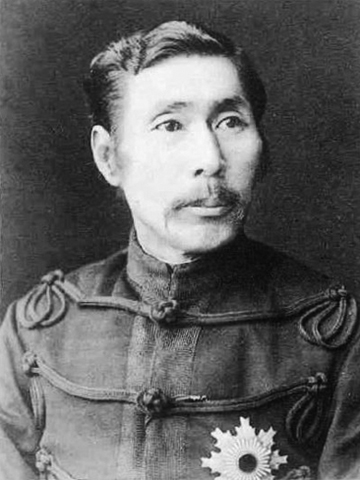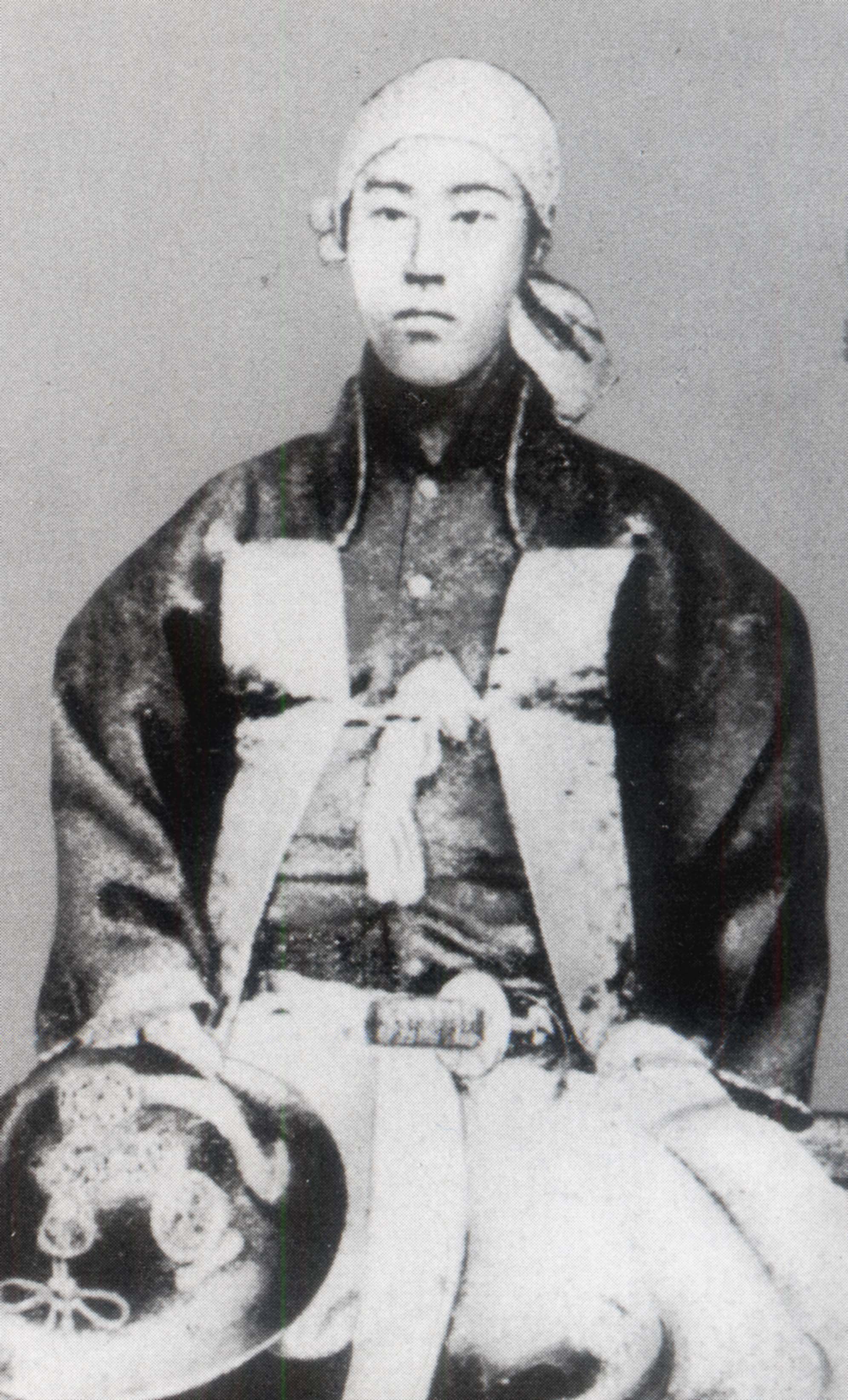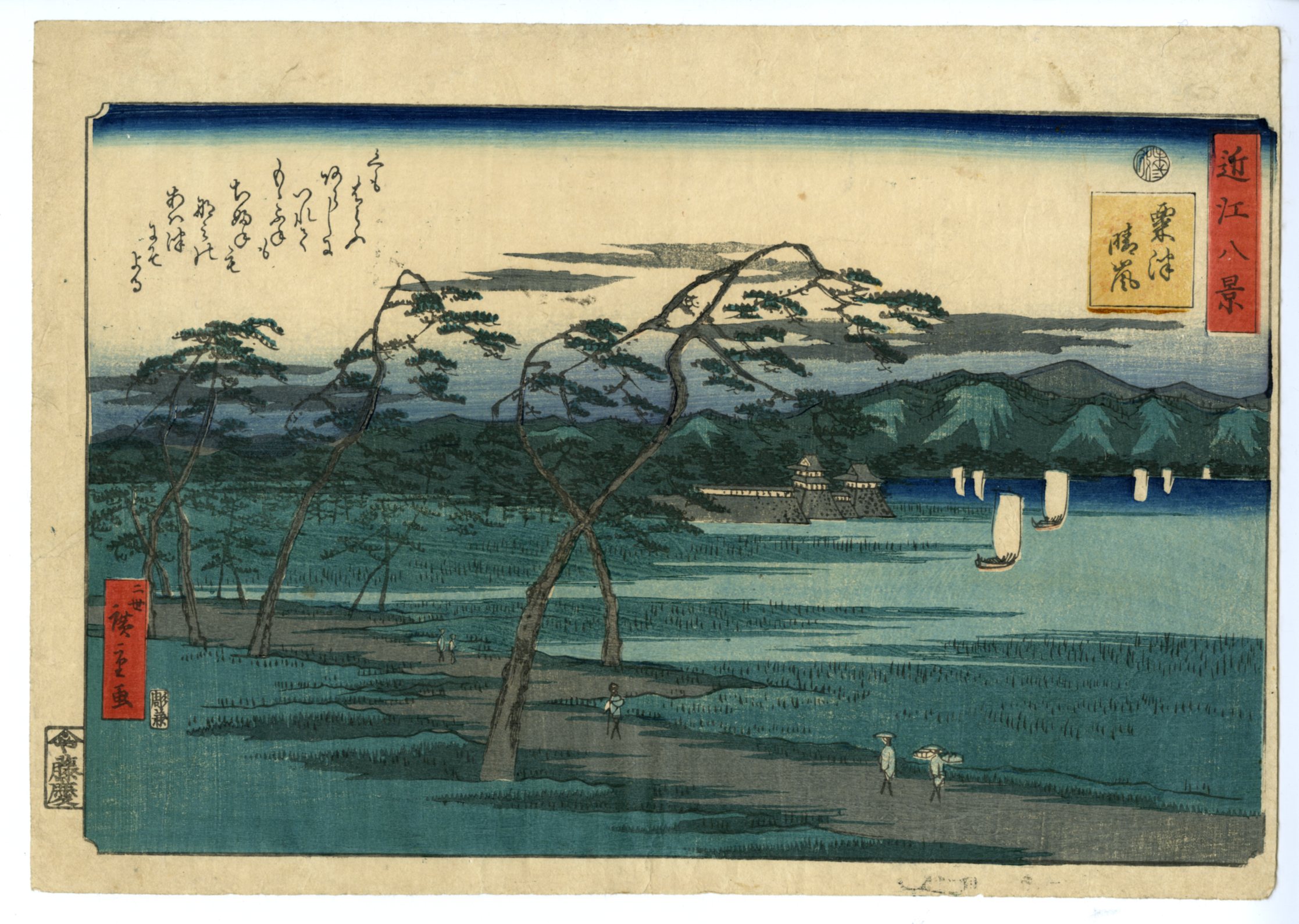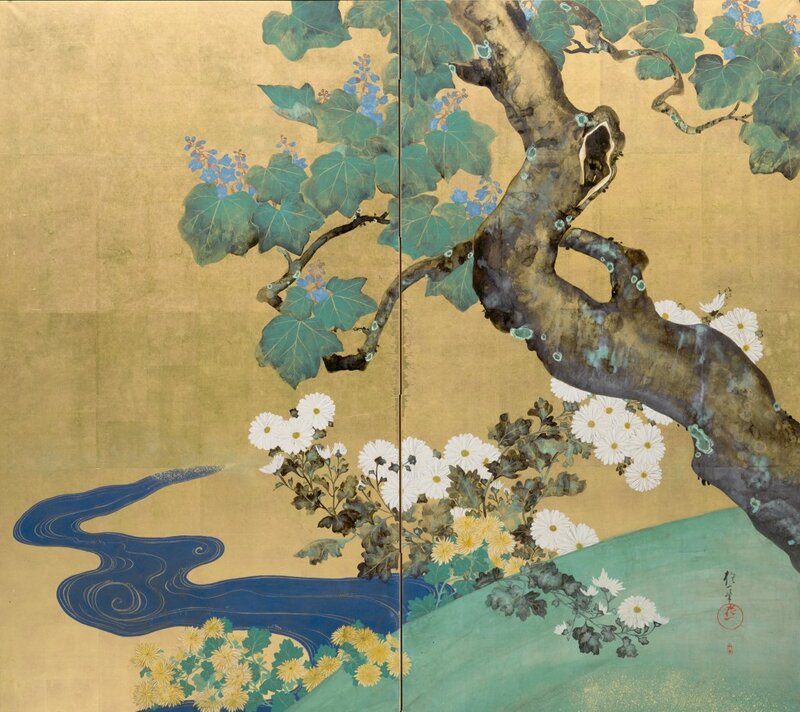"Glory to our ancestors, glory to our honor, and glory to our Emperor!" - battle cry of Saigo Takamori, Toba, 1868
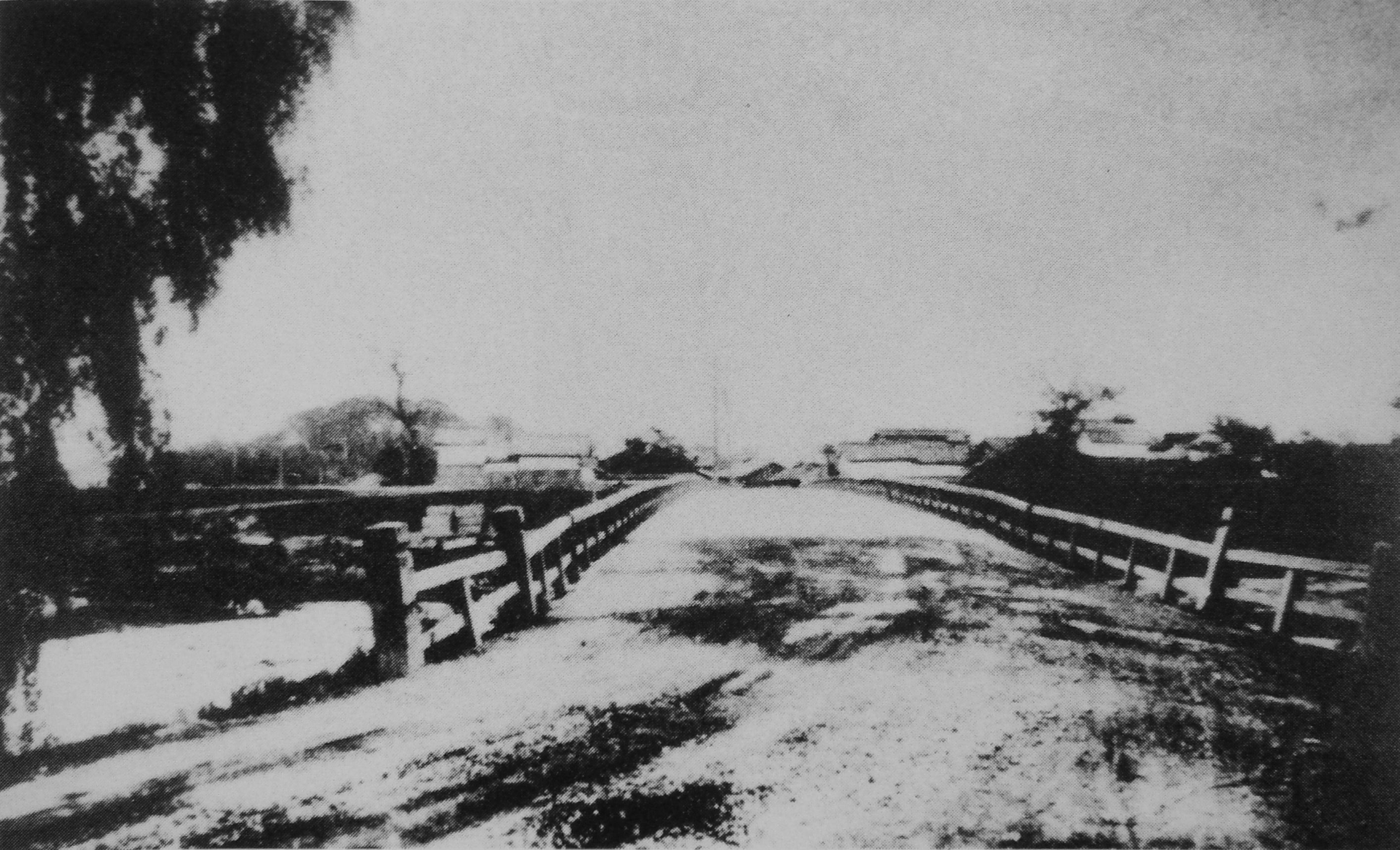
(Picture of a Bridge at Battle of Toba-Fushimi few days before the battle, 1868)
After the riots in Kyoto and across Kansai, the political situation for the Shogun was getting out of hand. Kansai region, the traditionally center of the nation before the rise of the Shoguns, far from being supportive of the Shogun (or even neutral), was staunchly pro-Emperor. Regions west of Fukui were becoming more pro-Emperor than ever, and this was of great worry for Shogun Yoshinobu. In order for order to return to Japan, the Kyoto insurrection had to be stopped. Trusting his loyal general Takenaka Shigekata, he sent a large force of traditional warriors to crush the rebellion. Word of this large army reached Kyoto relatively quickly due to three reasons:
(Picture of a Bridge at Battle of Toba-Fushimi few days before the battle, 1868)
1. The sonno-joi network was extremely efficient at quickly transferring news.
2. Shogun Yoshinobu wished for the army's plan to be known.
The idea of declaring the intent of this armed force was largely a public support tactic. The Shogun did not wish to wage war against his people, especially with a modern, "barbarous" fighting force (they were behind the Emperor's plans of modernization, but already along the coast of Niigata as well as the city of Sendai did preparations for modern weaponry begin), but to merely "sideline rebellious elements of society" and "restore the natural order of Japan". In fact, Shogun Yoshinobu planned that after the rebellion was crushed, his forces should invite Emperor Meiji to condemn the rebellion and declare unity with the Shogun (of course under the table, intimidation was the reason). Thus the Imperial forces had plenty of time to plan for an invasion.
Kyoto Imperial Palace, 1868:
Ryoma: My emperor, my daimyo shall come to Kyoto shortly. The Tosa clan's soldiers shall arrive sooner, and we are planning their locations.
Meiji: What about Hisamitsu?
Ryoma: Daimyo Hisamitsu says he unfortunately cannot come in time, for he is working with the British for a long term relationship. He is not fully sure of his domain's loyalty to the Imperial cause, and insists he must stay for such strategic purposes. But General Takamori has ordered some of his finest officers from Satsuma to come to Kyoto. Masujiro has also sent a list of his me
Meiji: And Takachika?
Shinsaku: My emperor, Daimyo Takachika will come here shortly. He personally looks forward to fighting with Takamori. The Daimyo is bringing some of his best men. Masujiro has also requested some of the best men from Chugoku as well.
"Unlike most domains west of Kyoto, Satsuma domain was not heavily punished for resistance to the Tokugawa. Many people in Satsuma province felt happy under the Tokugawa, and blamed Emperor Komei's rash decision making for their worse lives. This was not so in Chugoku. So unlike Hisamitsu, Takachika had nothing to worry about leaving home. The contrary is true; his absence from battle would have weakened his leadership in Chugoku." - "A study of Nippon", by Condrington, for the Oxford Orient Society.
"Unlike the Shogunal troops, adorned with traditional weaponry, the Imperial troops had modern weapons, and were trained with them well by Codrington in a relatively short time." - Omura Masujiro, 1868
The carnage that occurred from Kyoto to Osaka was one of intense levels. The Shogunal troops went through the bridges, only to be open fired by Modern rifles and Gatling guns. Quickly this calm, semi-ceremonial army turned into a crazed frenzy full of fear and rage. The ambush was well planned by Masujiro, who worked with Codrington to fit the positions with western styles of conducting battle. The first phase of the battle, occurring in Toyogobashi Bridge, went "swimmingly" (as Codrington phrased it) for the Imperial side. Masujiro's tactics proved a masterstroke, drastically reducing the size of the Shogunal morale (and even army size) realtively quickly. Codrington's training of the soldiers gave the Imperial men great ability with their newfound weapons.

(Toyogobashi Bridge, 1868)
However, the battle was far from over. Unknown to the Imperial side, Kondo Isami was planning for a defeat to occur, positing more soldiers in the outskirts of the greater area. With the help of scouts from Kuwana domain (the most loyal region by far in Kansai), he was able to position his men well (Mainly from Aizu, a region known for some of the best warriors of Japan). Isami's army slowly crept through various villages, hoping to strike at the strategic location in Toba. His plan would have succeeded if not for the bold descision making of Saigo Takamori, whose gut told him to scout out for more Shogunal troops. A few scouts had alerted Takamori of Isami's secret counterattack, leading him to send his men towards Toba. The second major showdown of the battle had begun. What occurred next would remain in the annals of history in perpetuity.
Last edited:

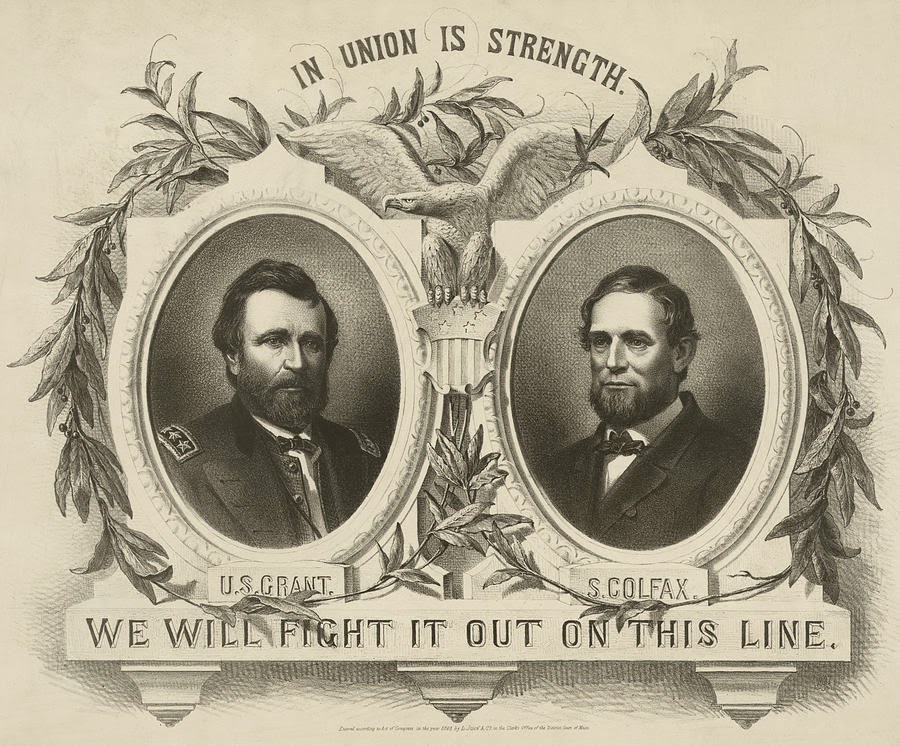
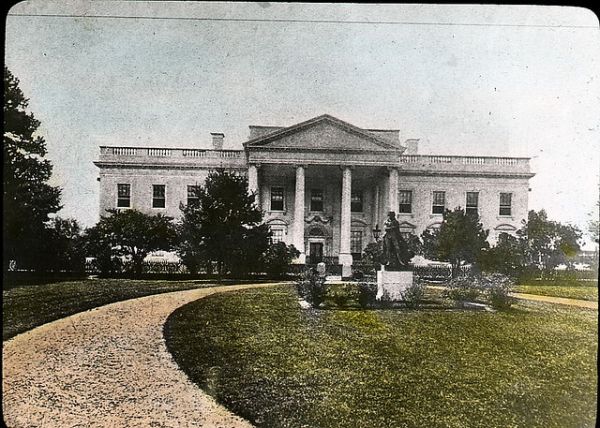




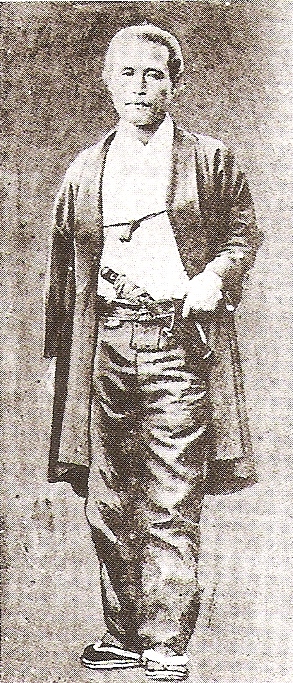





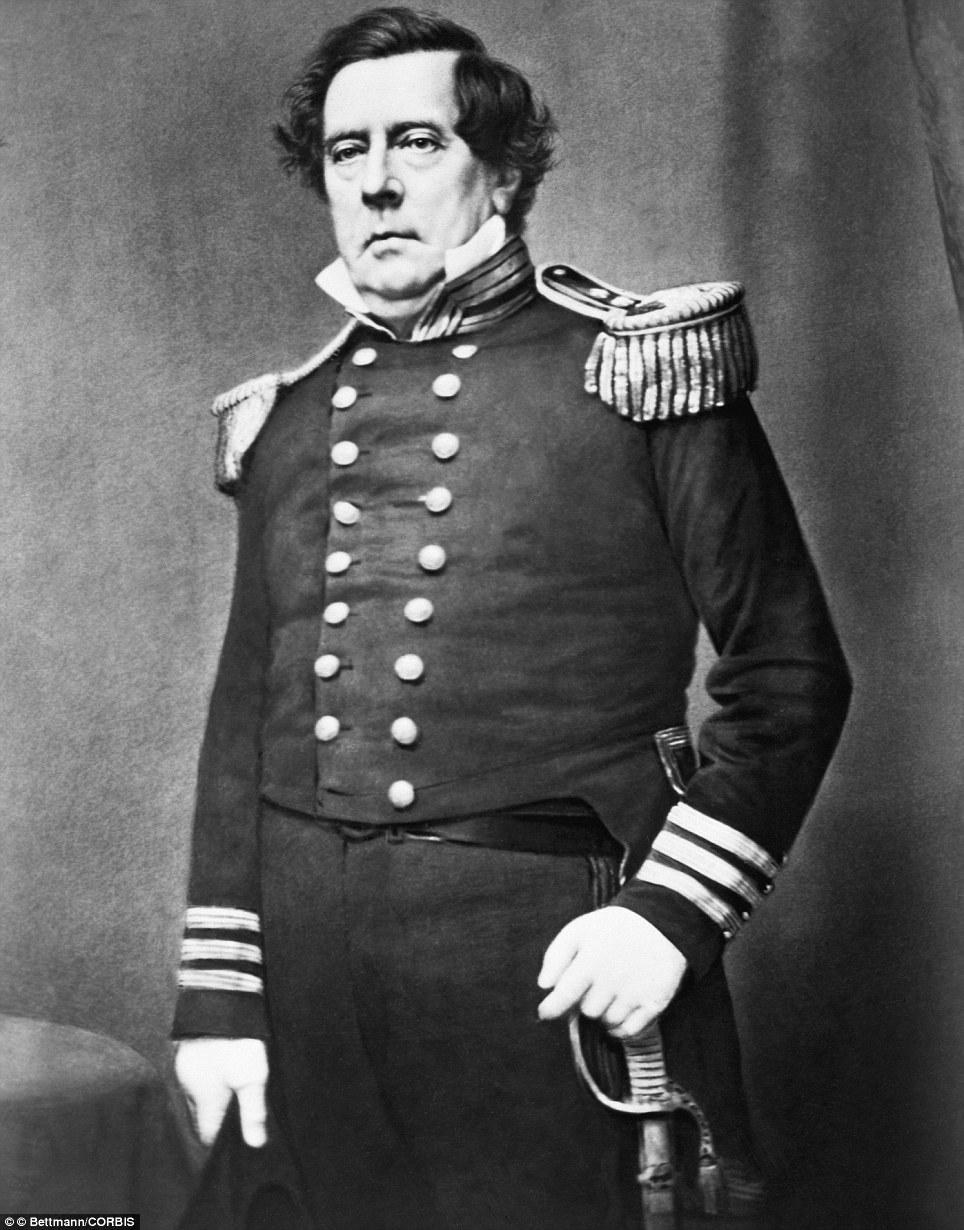

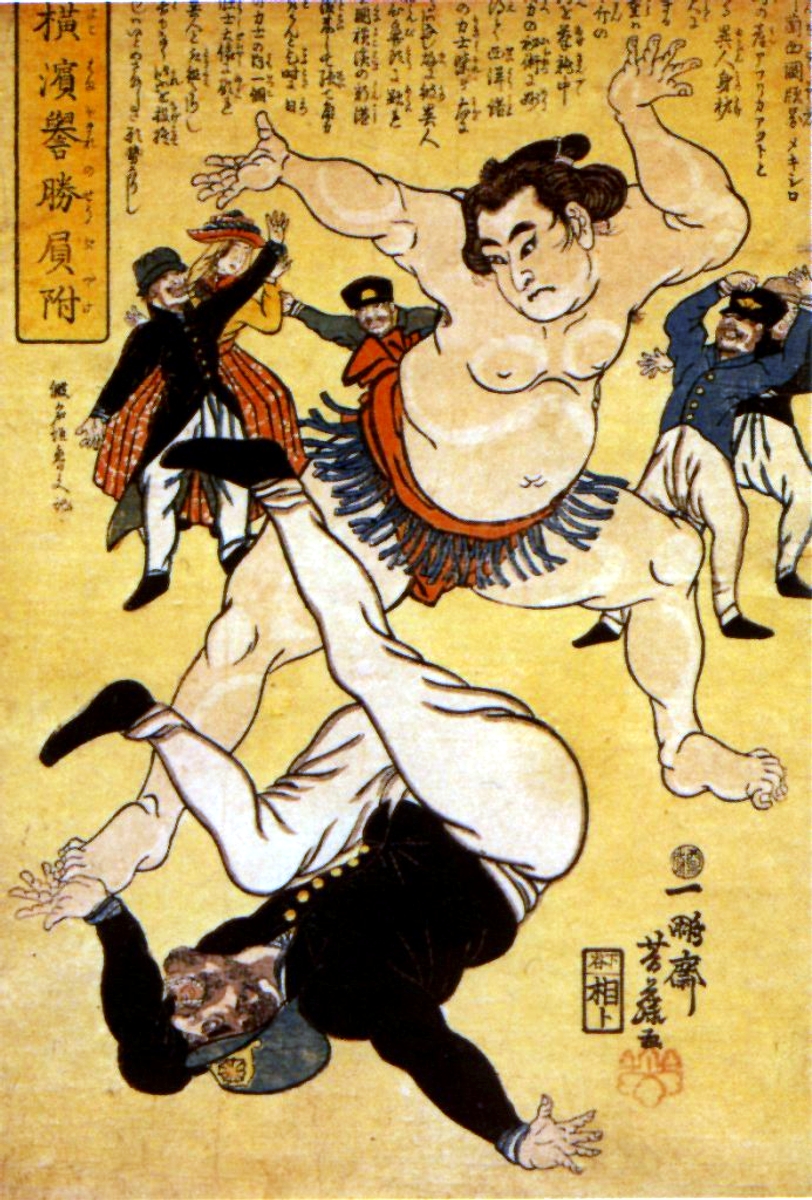



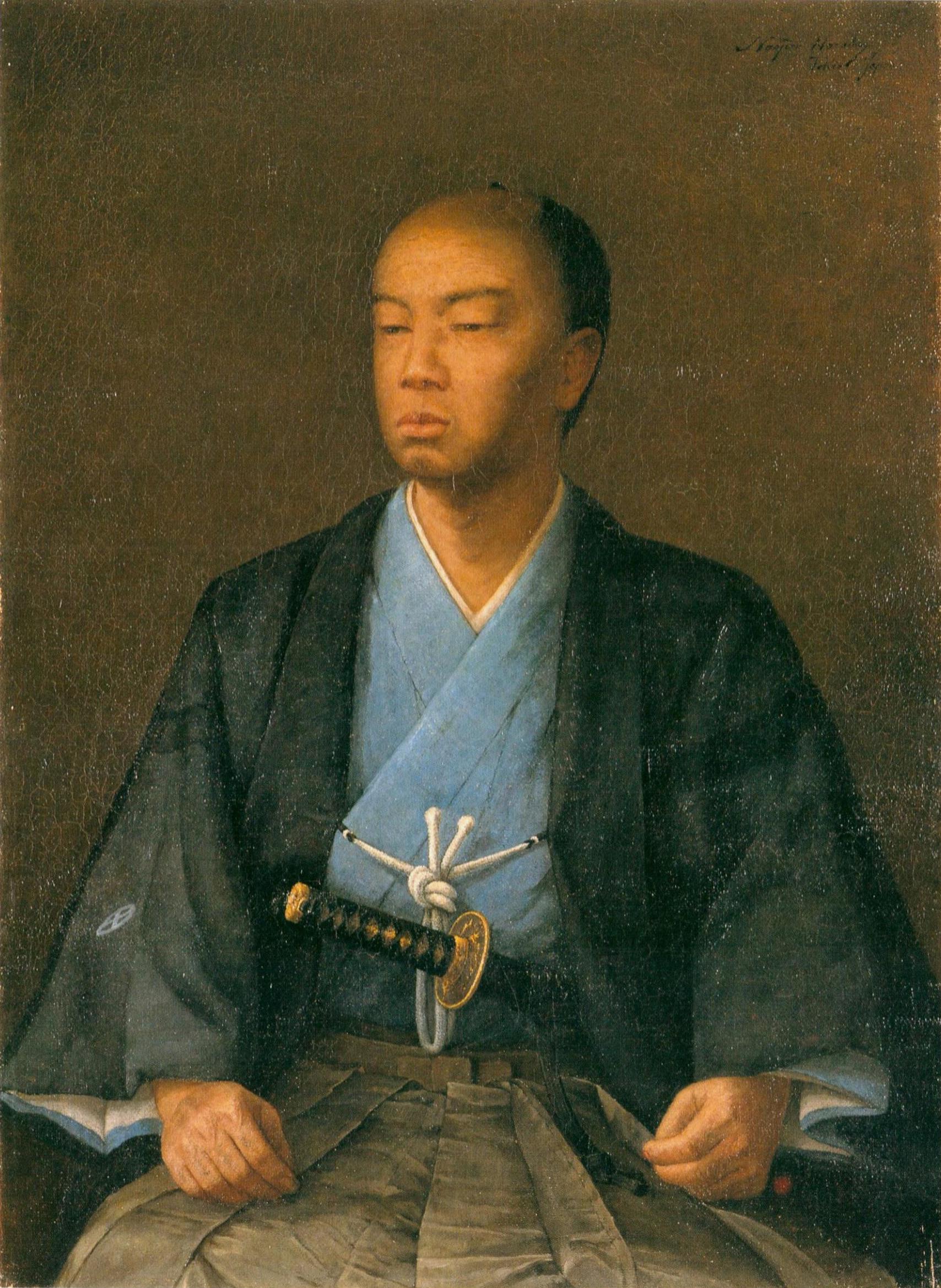
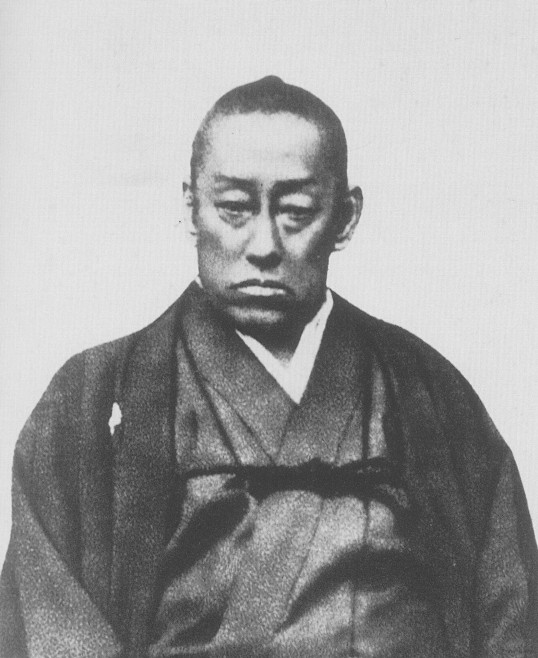




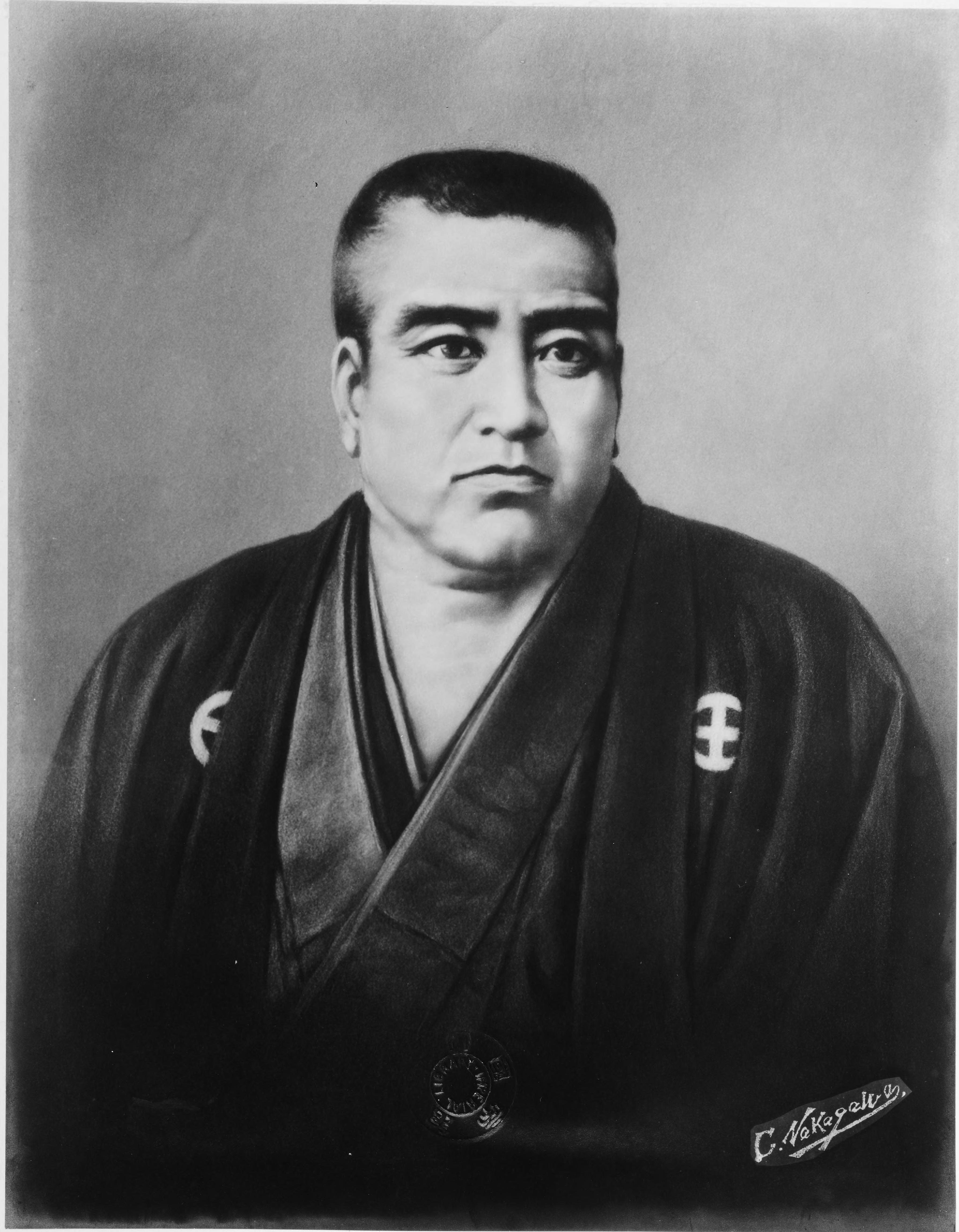
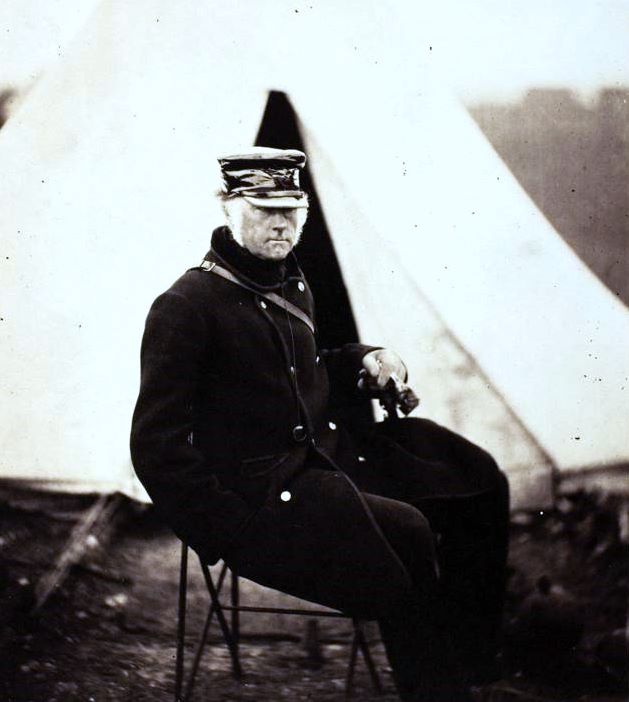



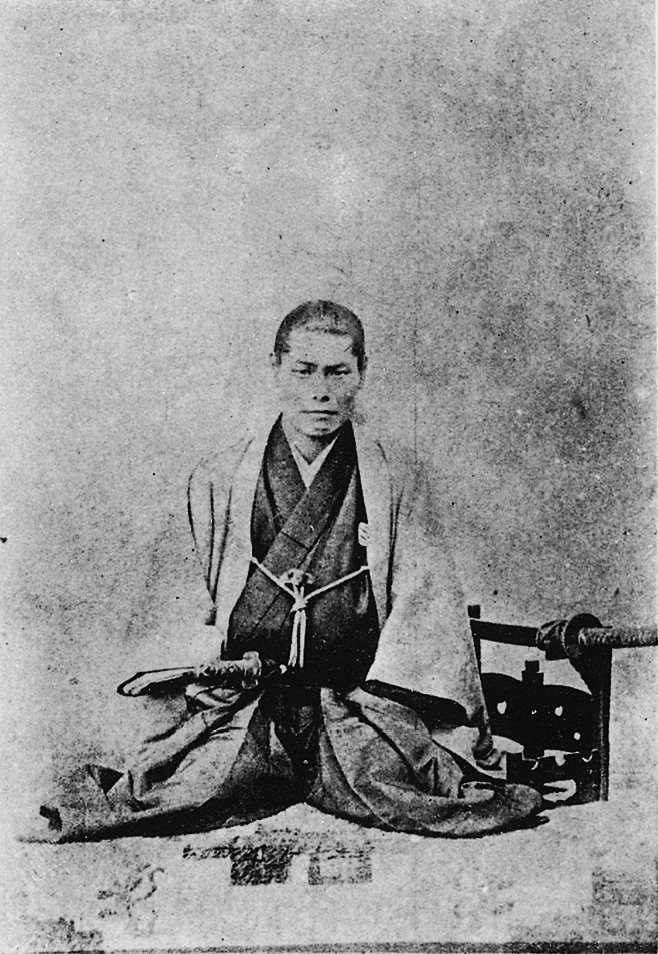



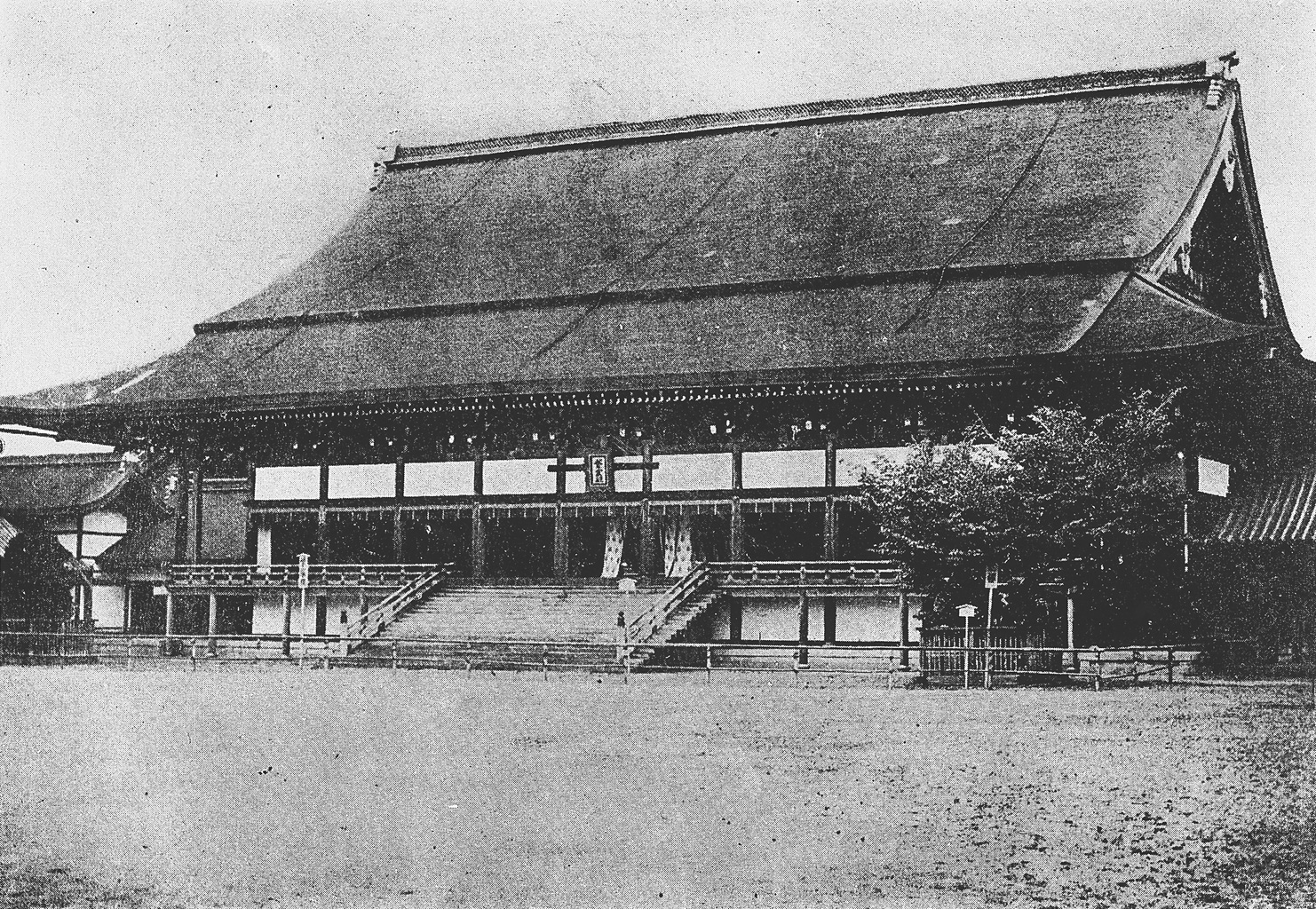
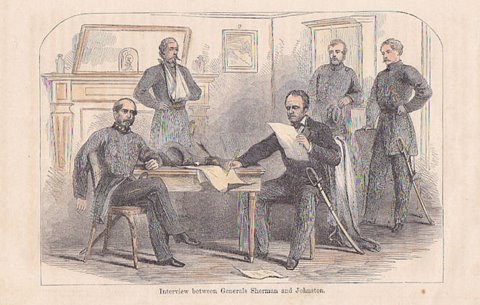
.svg/1222px-German_Empire_-_Alsace_Lorraine_(1871).svg.png)
